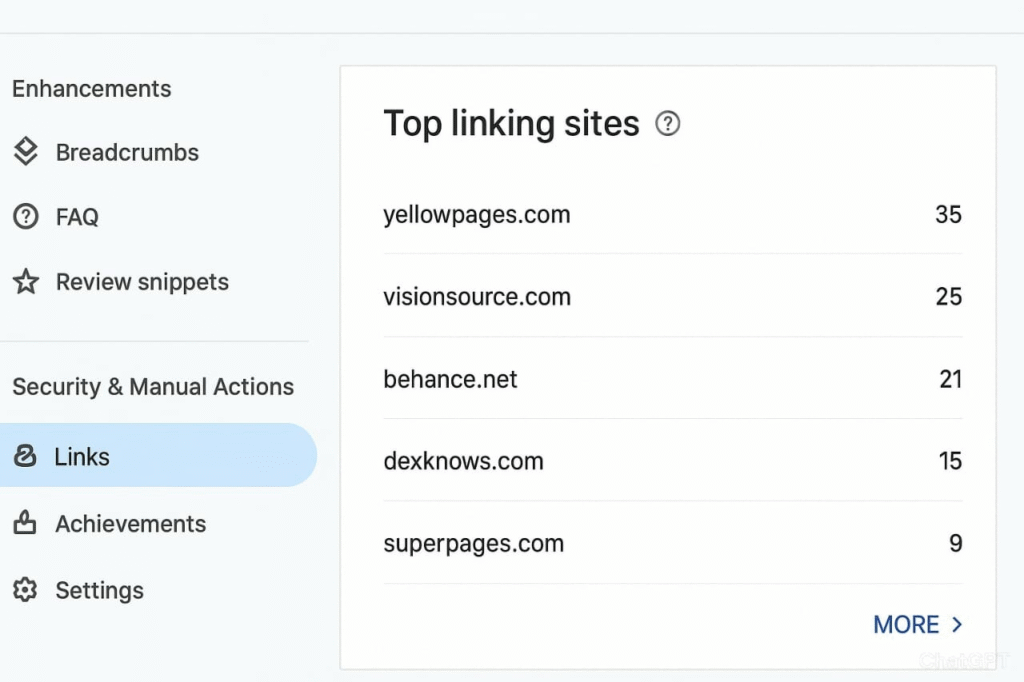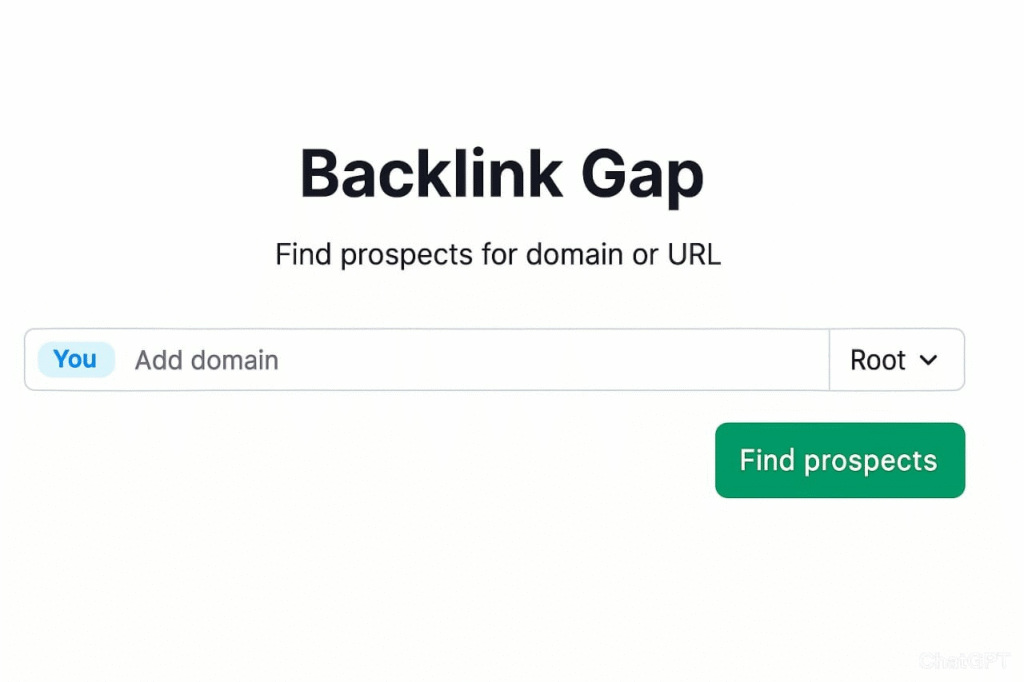Backlinks remain one of the strongest ranking factors in search engine optimization (SEO). They signal to search engines that your content is valuable, trustworthy, and worth referencing. However, building high-quality backlinks is rarely simple; it often requires the expertise of professional SEO services to analyze your current backlink profile and identify opportunities your competitors are leveraging. In this guide, we’ll explain how to find backlinks using the best SEO tools and proven strategies, so you can strengthen your website’s authority and achieve higher rankings.
Understanding the Importance of Finding Backlinks
Before exploring tools and techniques, it is important to understand why finding backlinks matters. A backlink profile reveals how many websites link to you, the quality of those links, and whether they are relevant to your niche. By analyzing this data, you can identify opportunities to strengthen your authority, close gaps with competitors, and even discover harmful links that might require disavowal. Without this insight, your link‑building strategy will lack direction.
1. Google Search Console
Google Search Console (GSC) is the most direct source of backlink data because it comes from Google itself. It offers a Links report that provides valuable insights into your backlink profile. Here is what you can learn:
- The report lists the top linking websites, which shows you exactly which external domains are pointing to your site.
- It highlights your most linked content, allowing you to see which pages are attracting the most attention from other websites.
- It provides details about anchor text, so you can analyze whether the words used to link to you are relevant and properly optimized.

Google Search Console is free and should always be the starting point for backlink analysis. However, it focuses on your own site and does not provide competitor data, which is where third‑party tools come in.
2. Ahrefs Backlink Checker
Ahrefs is widely recognized as one of the most comprehensive SEO tools available. Its backlink index is one of the largest and most frequently updated in the industry, making it ideal for deep backlink research. With Ahrefs, you can:
- Generate a complete backlink profile of your site, including referring domains, link types, and authority metrics.
- Conduct competitor analysis by entering competitor domains to see where their backlinks are coming from.
- Use the Link Intersect tool to identify websites that link to competitors but not to you, revealing untapped opportunities.
- Monitor new and lost backlinks over time to track growth and identify trends in your link acquisition strategy.
For businesses serious about SEO, Ahrefs provides highly actionable data that can directly inform your outreach campaigns.
3. SEMrush Backlink Analytics
SEMrush offers similar backlink analysis capabilities but stands out for its competitor comparison features. Its Backlink Gap Tool allows you to compare your backlink profile with multiple competitors at once, making it easier to identify missed opportunities. In addition, SEMrush provides:
- An Authority Score to evaluate the overall quality and trustworthiness of referring domains.
- A Toxic Score to flag potentially harmful backlinks that could hurt your rankings.
- Historical backlink data to assess long‑term trends and benchmark your performance over time.

SEMrush is especially valuable for marketers focused on competitive insights, as it highlights precisely where rivals are outperforming you.
4. Moz Link Explorer
Moz’s Link Explorer is another powerful tool for finding backlinks and evaluating link quality. It is particularly known for its Domain Authority (DA) and Page Authority (PA) metrics, which help you prioritize high‑value opportunities. Using Moz Link Explorer, you can:
- Identify inbound links pointing to your site and competitors’ sites.
- Evaluate link quality using DA and PA to focus on links that will have the biggest impact on rankings.
- Analyze spam scores to filter out low‑quality or suspicious links that may need to be removed or disavowed.
Moz is user‑friendly and an excellent choice for businesses looking for clear, actionable backlink insights without overwhelming complexity.
5. Majestic SEO for Trust Flow Analysis
Majestic specializes in backlink analysis and introduces two unique metrics: Trust Flow and Citation Flow. Trust Flow measures the quality and trustworthiness of backlinks based on their proximity to highly authoritative sources. Citation Flow measures the quantity of backlinks. By analyzing these metrics together, you can:
- Identify which backlinks are trustworthy and worth pursuing.
- Detect potential spammy backlinks that might harm your SEO performance.
- Examine historical link growth patterns to understand how your backlink profile evolves over time.
Majestic is particularly useful for businesses that want a deeper understanding of link quality beyond simple quantity metrics.
6. Ubersuggest
Ubersuggest is a cost‑effective option for those who need reliable backlink data without the high price tag of enterprise tools. It allows you to:
- Check backlinks to your own website and those of competitors.
- View newly acquired and lost backlinks to track link acquisition efforts.
- Evaluate the authority of referring domains to focus on high‑impact opportunities.
Ubersuggest is beginner‑friendly, making it ideal for small businesses or startups exploring backlink strategies for the first time.
7. Manual Backlink Discovery
While tools are powerful, manual searches can sometimes uncover opportunities that automated platforms miss. Several manual methods include:
- Brand mention searches: Search for your brand name in quotes on Google to find unlinked mentions that you can request to be turned into backlinks.
- Reverse image searches: If you create infographics or original images, use Google Images to see where they are used without proper attribution.
- Direct content searches: Look for unique phrases from your content online to detect unauthorized copies or citations without backlinks.
These methods are time‑consuming but can reveal valuable opportunities that tools may overlook.
8. Free Backlink Checkers
If you are not ready to invest in paid SEO tools, there are free options that provide basic backlink data:
- Ahrefs offers a free Backlink Checker that displays the top 100 backlinks to any domain.
- SEO Review Tools has a free backlink checker that provides unlimited searches with basic reporting.
- Neil Patel’s Ubersuggest also has a free plan that gives limited backlink insights per day.
These tools are a good starting point, but upgrading to premium plans unlocks more comprehensive data for serious link‑building efforts.
9. Set Up Backlink Monitoring Alerts
Finding backlinks is not a one‑time task; it requires ongoing monitoring. Setting up alerts ensures you know when new backlinks are acquired or lost. Here are ways to stay updated:
- Use Google Alerts to track brand mentions that might lead to backlink opportunities.
- Set up alerts in Ahrefs or SEMrush to receive notifications when new links appear or old ones disappear.
Proactive monitoring allows you to react quickly to link opportunities and maintain a healthy backlink profile.
10. Combine Data for a Complete Backlink Profile
No single tool captures every backlink. To get the most accurate understanding, combine data from multiple sources. For example, use Google Search Console for confirmed Google data, Ahrefs or SEMrush for competitor insights, and Moz or Majestic for quality assessments. By layering these insights, you create a full picture of your backlink profile and identify high‑value opportunities more effectively.
Ready to Build Backlinks That Actually Rank?
Backlink research is the foundation of any effective SEO strategy. By using the tools and methods outlined above, you can discover who is linking to your site, analyze your competitors’ backlink profiles, and uncover opportunities to strengthen your rankings. Once you know where backlinks come from, you can develop a targeted outreach strategy to earn more high‑quality links.
If you want expert support, The Maddex specializes in building powerful backlink strategies as part of our full‑service SEO campaigns. We use industry‑leading tools and proven outreach methods to help businesses boost their rankings and drive more organic traffic. Get in touch with our team to start building authority today.



